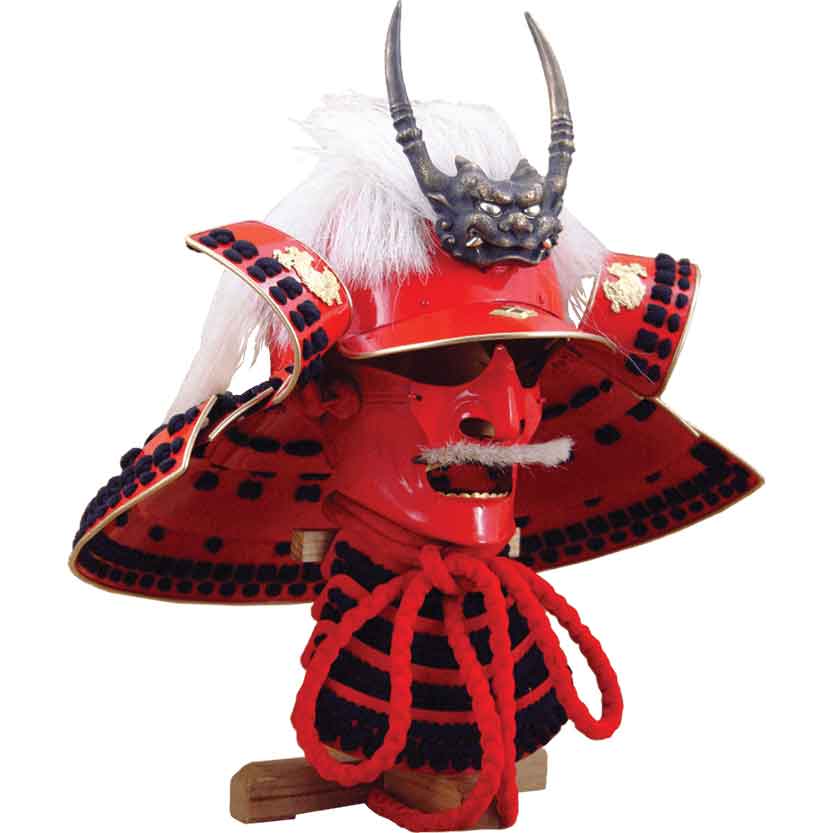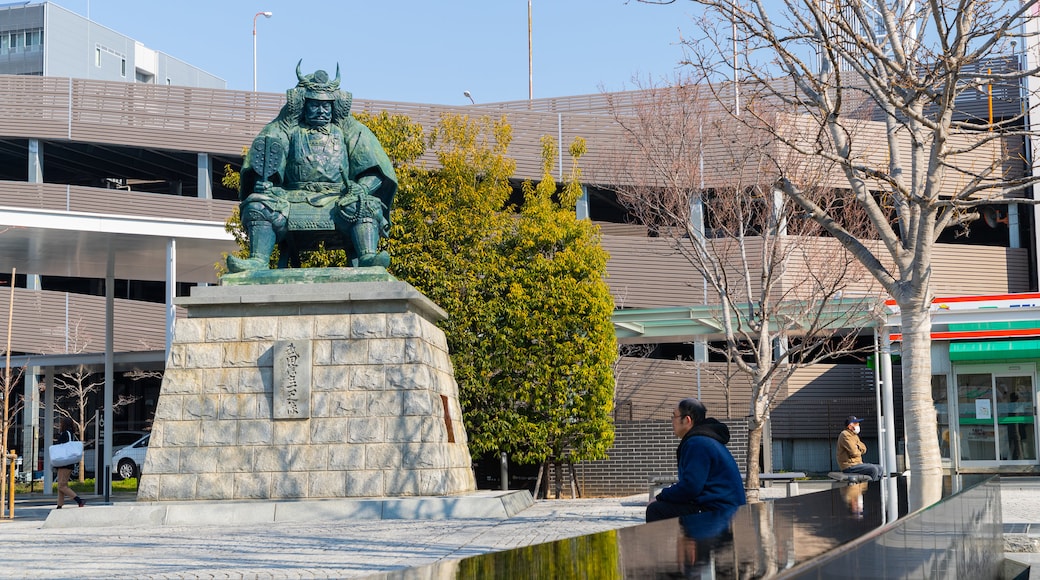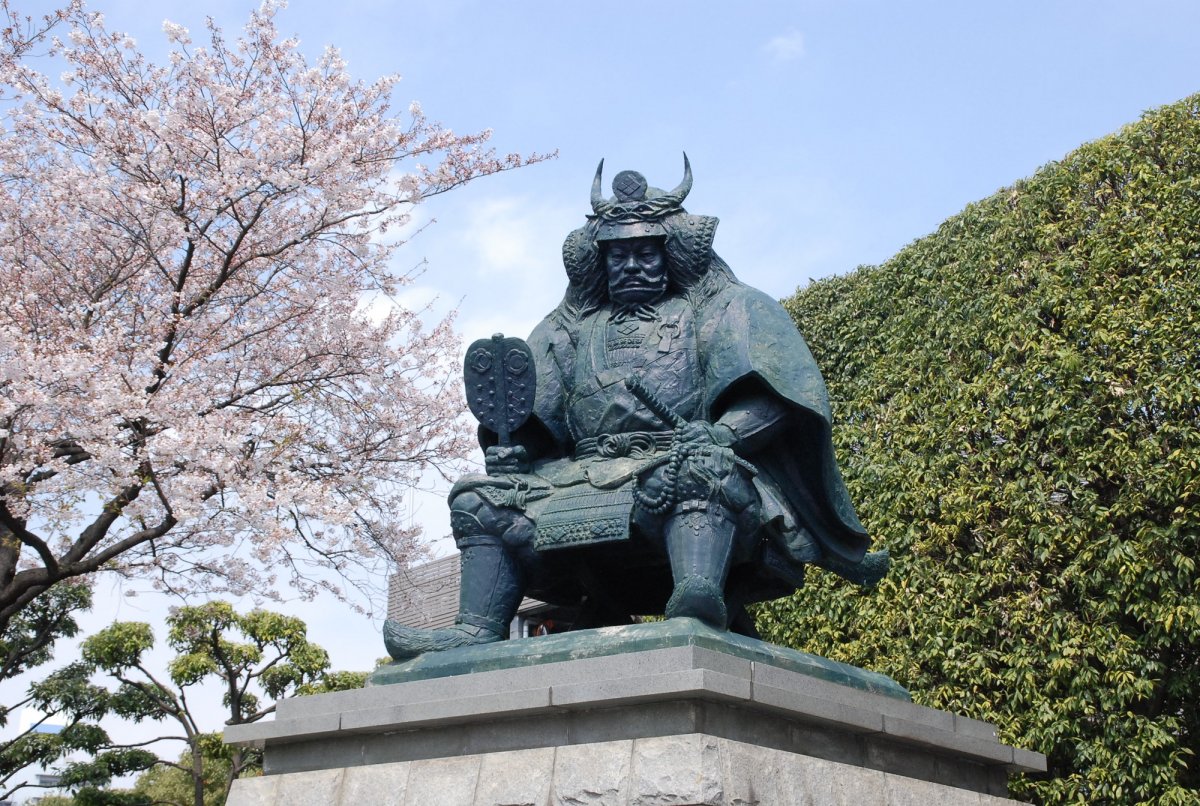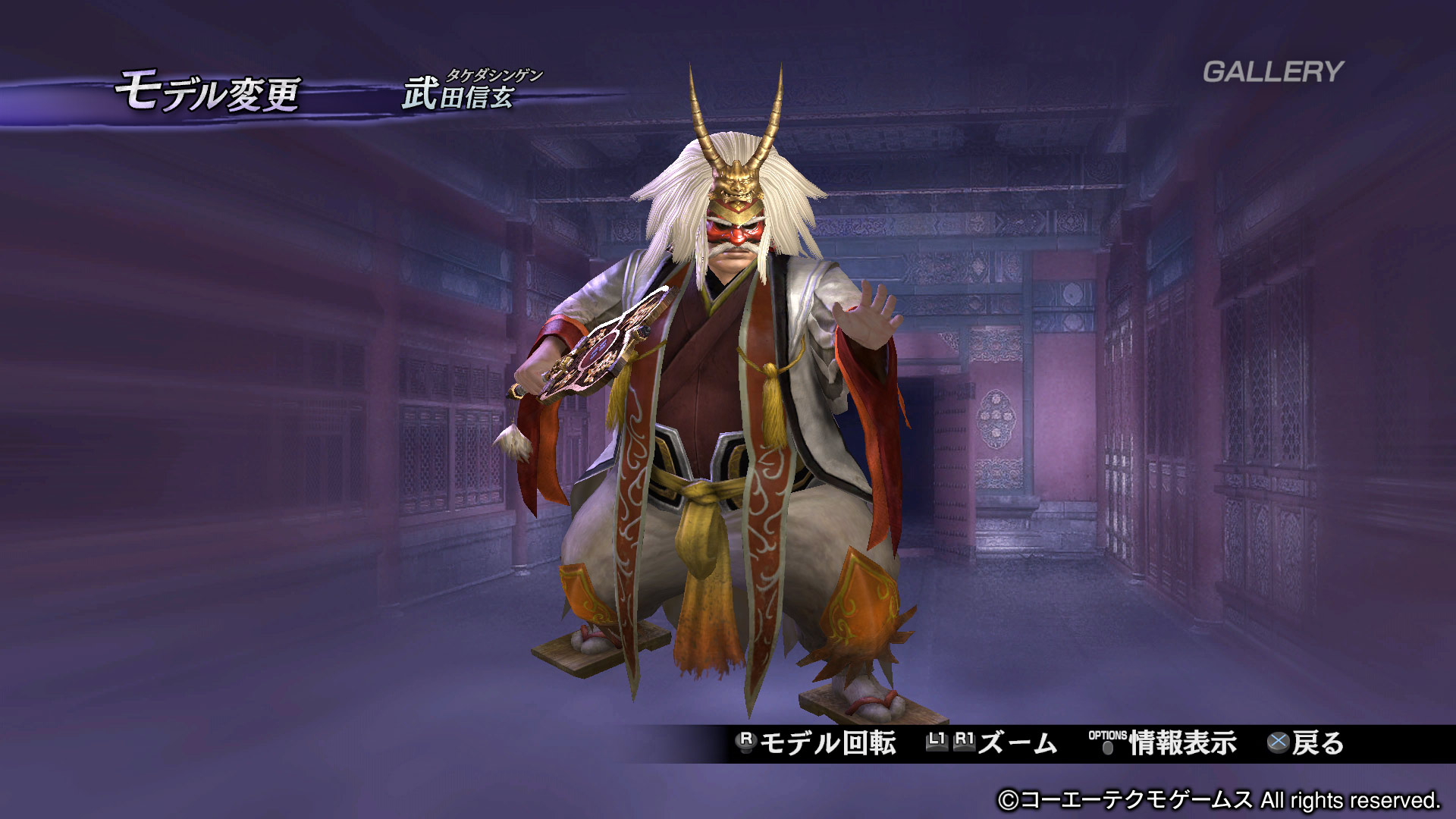
1/12 Takeda Shingen tutorial DID Corp.
Takeda Shingen (born December 1, 1521, Kai province [now Yamanashi prefecture], Japan—died May 13, 1573, Komaba, Shinano province [now Nagano prefecture]) daimyo (feudal lord) and one of the most-famous military leaders of Japan, who struggled for mastery of the strategic Kantō Plain in east-central Honshu during the chaotic Sengoku ("Warring States") period of civil unrest in the 16th.

1/12 Takeda Shingen tutorial DID Corp.
December 1 marks the 500th anniversary of the birth of Shingen Takeda (1521-1573), a daimyo (feudal lord) widely regarded as one of the greatest military commanders of Japan's Warring States Period (1467-1615). Shingen's military expeditions saw him conquer neighboring Shinano Province (modern day Nagano Prefecture) and also engage in a….

Takeda Shingen Sengoku Period, Samurai, Warlord Britannica
Nov 5, 2016. In Akira Kurosawa's classic 1980 film "Kagemusha" ("Shadow Warrior"), the 16th-century daimyo Takeda Shingen is mortally wounded by a sniper after being lured by the sound of a flute.

Takeda Shingen (Fighting Uesugi Kenshin) at Kawanakajima Museum of
Takeda Shingen (武田 信玄?, December 1, 1521 - May 13, 1573), of Kai Province, was a preeminent daimyo in feudal Japan with exceptional military prestige in the late stage of the Sengoku period. Shingen was called "Tarō" (a commonly used pet name for the eldest son of a Japanese family) or "Katsuchiyo" (勝千代) during his childhood. When he celebrated his coming of age, he was given.

Takeda Shingen Helmet AH2082 Medieval Collectibles
Takeda Shingen was the daimyo of Kai province. Shingen contributed greatly for the Takeda clan's expansion during the Sengoku period. Takeda Shingen was born in 1521 and was the son of Takeda Nobutora. In 1536, at the age of 15, Shingen received his baptism of fire when his father Takeda Nobutora attacked Hiraga Genshin in the Battle of Umi no Kuchi. After a failed attack by Nobutora due to a.

Visita Estatua Takeda Shingen en Kofu Expedia.mx
May 8, 2020. Seventy-five years after the end of World War II in Europe, photographs capture the devastation wrought on the Hungarian capital, Budapest, during one of Europe's most overlooked.

Takeda Shingen Statue (Kofu) All You Need to Know BEFORE You Go
16th-century samurai fought over a divided Japan. Takeda Shingen was one of the strongest. Known for his furin-kazan swift attack strategy, masterfully incorporating a strong cavalry and stealthy.

Kofu the mountain fortress of warlord Takeda Shingen The Japan Times
Takeda Shingen was the first-born son of Takeda Nobutora (武田信虎), leader of the Takeda clan, and daimyō of the province of Kai. He had been an accomplished poet in his youth. He assisted his father with the older relatives and vassals of the Takeda clan, and became quite a valuable addition to the clan at a fairly young age.

1/12 Takeda Shingen tutorial DID Corp.
The Takeda Clan (武田氏, Takeda-shi) was a Japanese samurai clan active from the late Heian period until the late 16th century. The clan was historically based in Kai Province in present-day Yamanashi Prefecture. The clan reached its greatest influence under the rule of Takeda Shingen, one of the most famous rulers of the period.

Takeda Shingen Statue in Kofu Tours and Activities Expedia
Kagemusha: Directed by Akira Kurosawa. With Tatsuya Nakadai, Tsutomu Yamazaki, Ken'ichi Hagiwara, Jinpachi Nezu. A petty thief with an utter resemblance to a samurai warlord is hired as the lord's double. When the warlord later dies the thief is forced to take up arms in his place.

Statue of Shingen Takeda|Find things to do in Kofu|Visit Kofu
The Shingen-ko Festival celebrates Takeda's life and ongoing influence and incidentally holds the world record for largest gathering of samurai. Don't Miss. Joining the battle, which requires a reservation and a contribution of around 13,000 yen; Trying to spot and recognize all of Takeda's 24 generals;

MoshowMCTJ02ProgenitorEffectTakedaShingenNobleClassPainted
Shingen Takeda (武田 信玄, Takeda Shingen) is a romanceable character in both the Japanese and English versions of Ikémen Sengoku. He is voiced by Yuuichiro Umehara. Shingen is often seen in armour with white, maroon, gold and black accents, or a deep red kimono. He is the tallest of the warlords, and has light brown brown hair with grey eyes.

Takeda Shingen Statue holiday rentals, JPN holiday houses & more Vrbo
Fūrinkazan. Fūrinkazan banner. Fūrinkazan ( Japanese: 風林火山, "Wind, Forest, Fire, Mountain") is a popularized version of the battle standard used by the Sengoku period daimyō Takeda Shingen. The banner quoted four phrases from Sun Tzu 's The Art of War: "as swift as wind, as gentle as forest, as fierce as fire, as unshakable as.

DOA5LR SW Mashup Gen Fu & Shingen Takeda
Kōsaka Masanobu (高坂 昌信) also known as Kasuga Toratsuna (春日 虎綱, 1527 - June 12, 1578) was a Japanese samurai warrior of the Sengoku period.He was known as one of the "Twenty-Four Generals of Takeda Shingen".He is often credited as the original author of Kōyō Gunkan, which records the history of the Takeda family and their military tactics.

Takeda Shingen Statue in Kofu Tours and Activities Expedia
The Battles of Kawanakajima (川中島の戦い, Kawanakajima no tatakai) were a series of battles fought in the Sengoku period of Japan between Takeda Shingen of Kai Province and Uesugi Kenshin of Echigo Province from 1553 to 1564. Shingen and Kenshin contested each other for control of the plain of Kawanakajima between the Sai River and Chikuma River in northern Shinano Province, located in.

Special Costume "Shingen Takeda" on PS4 Official PlayStation™Store
Takeda Shrine. Takeda-jinja Shrine was dedicated to Takeda Shingen, the famous leader of the Kai country, and is located on the place where three generations of Takeda, Nobutora, Shingen, and Katsuyori, actually lived. Many people enjoy strolling, not only in the premises surrounded by cherry trees in full blossom, but also around the shrine.